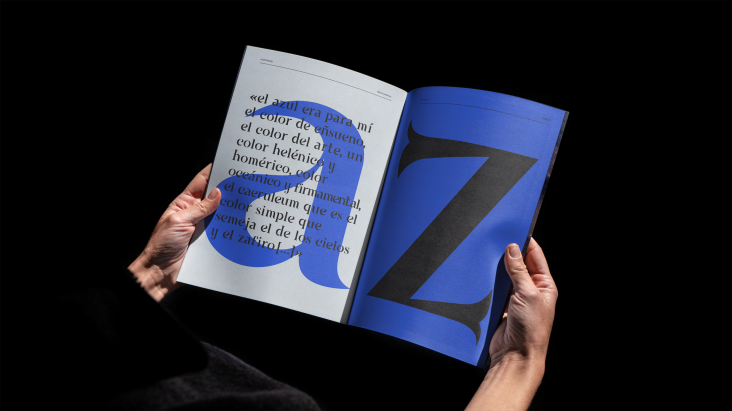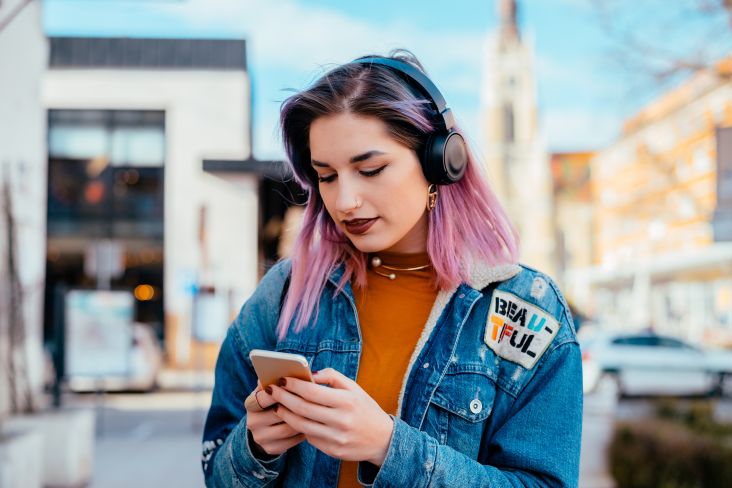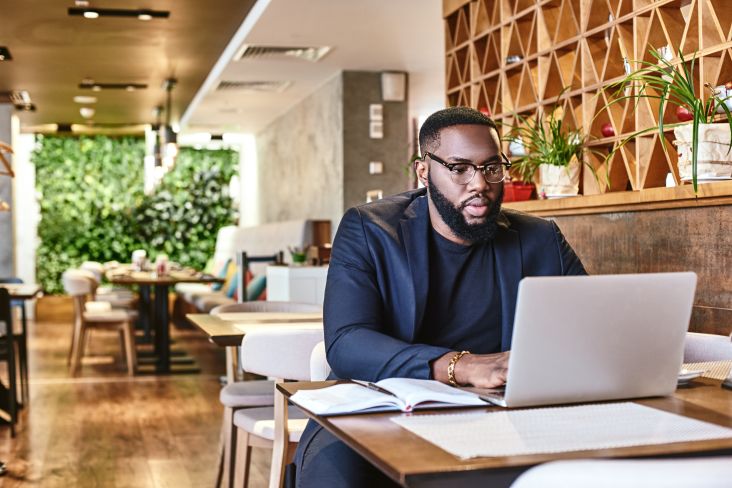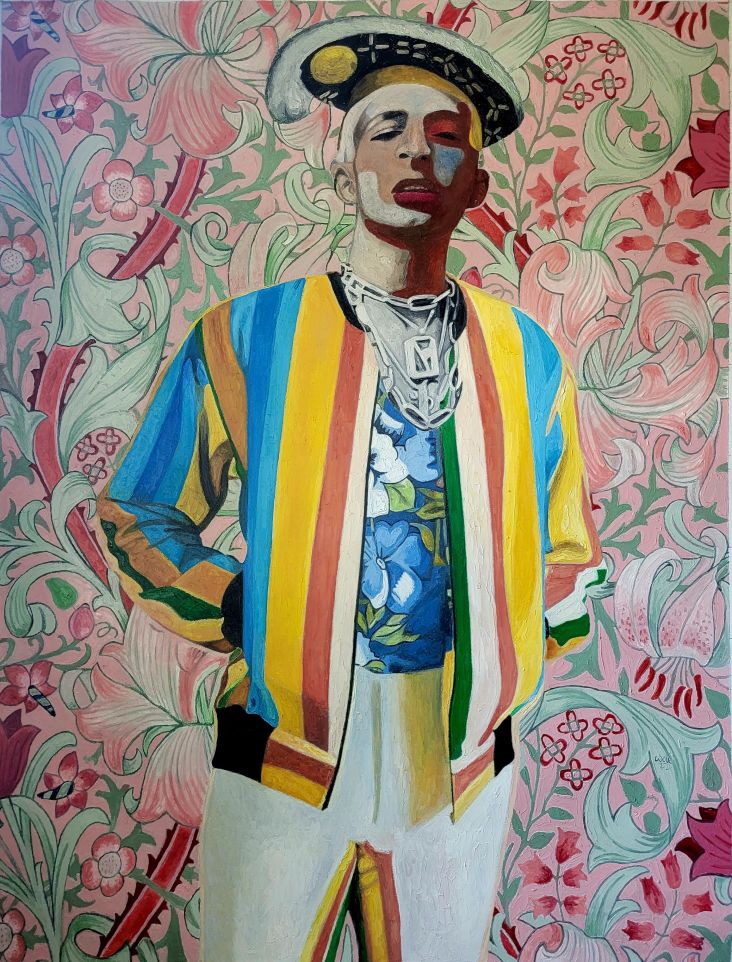Is social media for self-promotion over? Creatives reveal their honest thoughts
No, you're not imagining it. In 2022, social media increasingly sucks for sharing content and finding work. Creatives share their views on the way forward.
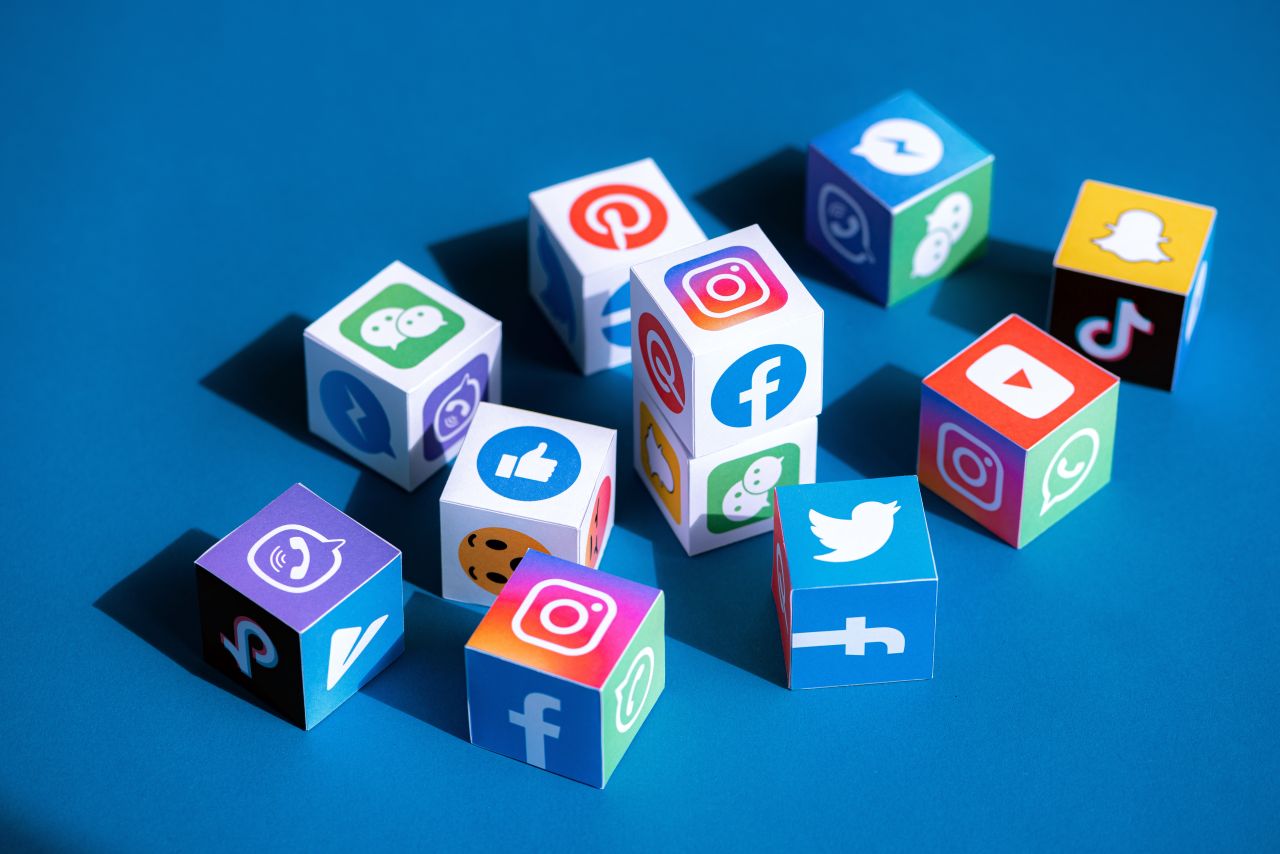
Image licensed via Adobe Stock
Have you noticed how different social media feels at the moment? More ads. More videos. More Stories and Reels. But fewer posts you want to click on. And less engagement on any content you post yourself.
Don't worry. It's not just you. It's been well documented how most major social channels have recently downgraded traditional posts in favour of the Stories format pioneered by Instagram and short-form, portrait videos reminiscent of TikTok's. But while that may be helping them sell more ads, it's leaving creatives somewhat baffled.
"I've given up on Instagram," complains freelance book cover designer Alex Kirby. "I got absolutely fed up with the lack of engagement because I 'only' posted photos. I wasn't even sure it was making a difference with getting more work. And I seem to be doing okay without it."
It's perhaps not surprising Alex has seen a lack of involvement in his content because other creatives feel less involved in social media overall.
"The decline of interactions since the push for viral and video content has made me engage less with platforms," says brand and print designer Matt Lamont. "Mixing posts with forced advertising has made my feed less tailored to my interests and more about me being a customer for others."
So, how widespread are these experiences? We recently hosted a poll on Twitter and asked our followers: "How have you seen social media change since you started using it, engagement-wise? And a massive 82.1% of you replied 'It's got worse', with just 7.8% saying 'It's got better' and 10.1% seeing no change.
Does this mean you're thinking of leaving social media altogether? Unhappily, 47.2% of you replied: 'Yes, but feel I can't'. Meanwhile, 3.3% of you say you're definitely quitting, and 10% are just not sure. Only 39.5% are staying – which is hardly a vote of confidence in the current state of social media.
So what's gone wrong, and how should creatives respond? Below, we reveal some thoughts, suggestions and ideas for promoting yourself and your work in 2022, as shared by the Creative Boom community. Meanwhile, you can read the full discussion on Twitter here.
1. Try different platforms
If you've been unhappy with your experience of social media lately, you don't necessarily have to abandon it altogether. Many creatives have found switching platforms to be a better way forward.
Take award-winning illustrator Sravyaa. "90% of my business used to come through Instagram until this year," she says. "But now I find that building relationships on Twitter and sharing my work on Pinterest is working best. So I'd say diversify your platforms and the type of content. Make it specific to the audience on each channel, and have a strong CTA (call to action)."
Designer Antonio Carusone has had a similar experience. "Recently, I've given up on Instagram," he says. "I was posting there daily and saw little growth and engagement. The funny thing is, now that I've stopped, I'm growing in followers: what a weird, broken platform! Nowadays, I'm focusing instead on Twitter, where I use Typefully to plan my tweets, and I'm seeing nice results."
Others, meanwhile, are pivoting to Facebook. "I get more orders and interaction on my Facebook business page than on Instagram, which is dire," says jewellery designer Lindsay. "With Stories and Reels, folks just mindlessly scroll rather than interact. Maybe Facebook is doing better for me because I'm from a small community and locals know my business."
That's not the case, however, for illustrator Victoria Williams. "I've virtually given up posting to my business Facebook page," she reports. "Engagement on Instagram has dropped way off, and it's becoming increasingly irritating to use, as all I see are posts by people I don't even follow. Now, I find Twitter by far the best for driving people to my Etsy."
2. Don't discount TikTok
Let's not, though, avoid the elephant in the room. One of the reasons "traditional" social channels are changing so much has been the unstoppable rise of TikTok. But while the short-form video platform is best known for its young audience, lip syncing and daft dance routines, that's not all it's about.
An increasing number of creatives are using the platform, which now has more than a billion users, to share design and illustration tips and mini-tutorials, as well as just film their process. Right now, the most popular names include nickq83, Serena, aka Kohi Design, and @swoopnebula.
Illustrator Sarah J Coleman, aka Inkymole, is among those who've dipped their toe into the TikTok waters. "First, I spent some time 'in it', watching others, and creating rules about what I will and won't do, what is authentic to me," she recalls. "I've stuck to those rules and now have a nice little following on my channel. No dancing, no miming, no silly voices: just behind-the-scenes, work in progress and ink nerding!"
Jam and Ali, aka Hello Dodo, have been giving it a try too. "Obviously, we miss the golden days of Instagram when follows and engagement were amazing," they say. "But these platforms weren't built for us to market our business, so we try not to moan about them and keep showing up and having fun on our TikTok channel."
3. Give LinkedIn a go
People don't always think of LinkedIn as a social network, and certainly not somewhere aimed at creatives, given its ugly and confusing layout. Yet, in 2022, many are finding it useful for self-promo.
As designer and animator Neil Grunshaw puts it: "Twitter and Instagram are like busking in the hope that an A&R walks past and give you a record deal… in other words, pissing into the wind." To him, LinkedIn is much more practical and targeted. "You're selling to a network of professionals who may actually commission you," he points out. However, there is a caveat. "It only works if you've got a network in the first place, which isn't the case if you've just entered the creative industries."
Artist and designer June Mineyama-Smithson, aka Mayumi, recently had a similar epiphany. "I started to focus on Linkedin after listening to Creative Boom's podcast with Craig Black," she explains. "I'd been wrongly fixated on Instagram because it's visual, but I realised I had more meaningful connections from my agency years on Linkedin. I'm not putting too much effort into Instagram right now: it's currently too disheartening. But when things change, I might come back."
For others, it's a case of using different platforms for different purposes. "I see Instagram and Twitter as a way to connect with and support other artists," says freelance animator and illustrator Rosie Phillpot. "This can lead to recommendations: other freelancers recommend me because we've communicated or follow each other, and they like my work. I do the same."
At the same time, she sees LinkedIn as a better way to connect with prospective clients. She boosts her chances in the following ways. "I ask for a recommendation at the end of a job to put on my LinkedIn profile," she says. "I put keywords in my headline. I search 'freelance animator' and filter to posts to find shoutouts. And I put my website and email in my About section."
4. Make connections outside social media
That last point highlights a broader truth: finding work via social media alone is often a hiding to nothing. There's so much noise here that it's easy for your message to get lost or ignored. This is why combining social media activity with old-school methods is an approach more and more are taking in 2022.
"Social media very much feels like a lottery versus the more tangible connections you can make with real-life people," says illustrator Amy Lauren. "Even an email updating an individual person on my work has been more reliable than a flash in the pan on my social links."
Designer Megan Vickers agrees. "Honestly, social media is a weird one in terms of engagement," she says. "I feel like it really is a lottery because sometimes I can post the same thing on Twitter, Instagram and LinkedIn, and they all have different levels of success. So I think moving to a place where you can control what is seen is the way forward at the moment, in terms of websites or Behance. Social media is great for promotion, but can't be the only form of promotion."
"With social media, we easily forget that we're using someone else's free offered facility," points out printmaker and graphic designer Paul Wolterink. "It may feel satisfying and autonomous, but of course, we're just padding out their wallets. So, I think it's important to always have your own website, as a rock in the surf, where you are the dealer."
In short, as we've said on Creative Boom for some time now, building your own platforms is important. Those may be subscriber lists, newsletters, or websites – but whatever they are, they're yours alone, which means you're in control. For more ideas, read our marketing guide for freelancers fed up with Instagram).
5. Revisit traditional methods
Many creatives, of course, remember when that was the only way to do it. "I use all of the social media platforms and have done since my first Facebook forays in 2008," says Sarah J Coleman. "But before social media, I used traditional methods: postal promo, regular newsletters, a well-maintained 'Mothership' website, shows, cold-calling, personal projects and more."
She still does today and for good reason. "I've always adapted and gone with the flow with the subtle but insistent changes in social media's modus operandi, but never felt comfortable relying on it," she explains. "Someone recently said building a business solely on social media is like renting an office where the rent doubles every 18 months.
"What's always worked for me is direct newsletters. Written by me, and only me. Each one is considered. And always to a permission-based address book compiled across almost 30 years of working professionally. It's my precious resource, and it's constantly being updated and reviewed."
Illustrator Ben Tallon tells a similar story. "The Instagram algorithm change served me with a great reminder that all of these platforms are not owned by us," he recalls. "So, while I still use them, I have returned focus to my website, mailing lists, and developing relationships in a direct manner.
"I feel it's important to only use the socials as secondary," he adds. "Even if they bring direct business, print sales and the likes, it surely drives home the need to distil them into some offline record. As long as that's permitted, of course."
Neil Grunshaw concurs. "In my experience, good old-fashioned 'referrals' are the best way of getting new business," he maintains. "In short, I tell the kids today to keep doing their cool shit but to have patience and play the long game. Social media can work if you're lucky, but usually, there are no shortcuts."
6. Ignore the algorithm
We'll end with one final point. For decades, people have stricken to work out how to please social media algorithms. But nowadays, they're changing so fast it's hard to keep up. So instead, brand strategist and creative director Tom Berry offers this advice for getting the best out of social media in 2022.
"Focus on what you can control and the energy you put in," he says. "Some things never get old, including helping people out, being a nice person, starting conversations with people and making friends.
"Give away everything you know," he adds. "That might sound counterintuitive, but it's really a win-win. You help people, become an expert, and grow an audience. Finally, don't take it so seriously. It's easy to get caught up in all the numbers and stats. And seeing your numbers turn red and go down can make you feel terrible. But everybody is just winging it, not just you. So zoom out; focus on the big picture."

 for Creative Boom](https://www.creativeboom.com/upload/articles/06/063686a9a3b095b9b1f0e95df917ed4bd342be1b_732.jpg)



 using <a href="https://www.ohnotype.co/fonts/obviously" target="_blank">Obviously</a> by Oh No Type Co., Art Director, Brand & Creative—Spotify](https://www.creativeboom.com/upload/articles/6e/6ed31eddc26fa563f213fc76d6993dab9231ffe4_732.jpg)
 by Tüpokompanii](https://www.creativeboom.com/upload/articles/58/58684538770fb5b428dc1882f7a732f153500153_732.jpg)








